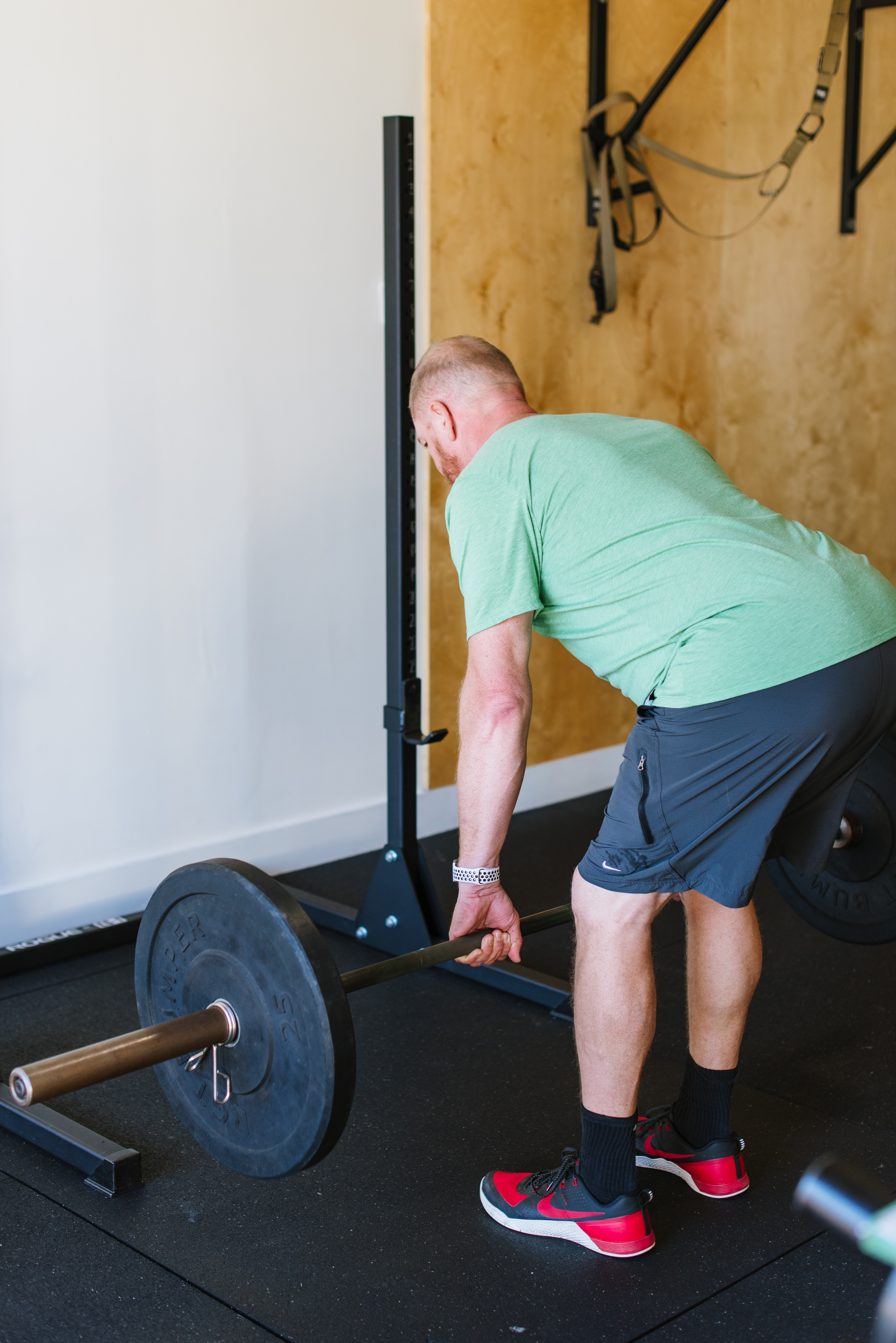Physical pain throughout the body elicits a nuisance to our lives in many appearances. A decrease in productivity can occur because we are apprehensive about how a specific physical activity will result in pain for days to weeks. Psychological and emotional health can be affected from focusing on pain, diverting our attention from enjoying our lives. We can even lose sleep due to the presence of pain. In a world where managing stress is key to living a long life, the last thing we need is a loss of sleep from physical pain.
A common area of pain we see with our personal training clients in Napa is sciatica. Symptoms of sciatica include pain originating from the middle of the buttocks. This pain can travel down the entire back of the leg to the heel. Sciatica can present itself as nagging pain for a short period or can increase to be an everyday debilitating chronic pain.
The pain experienced in the posterior hip and buttocks region is associated with the impingement of the sciatic nerve. This pronounced, thick nerve is formed from the root nerves streaming form the lumbar and sacral portion of the spine. The nerve budding out from these sites braid together to form the sciatic nerve. The large sciatic nerve traces its way down the leg from the buttocks region to the heel of the foot. Compression of the nerve can cause neuropathy down the entire back of the leg. This disrupting compression can be a pinch from a disc in its origination points caused by an abnormal shift of the vertebra or a muscular strain around the spine. However, one the most popular culprits response for this “pain in the butt” is a tight muscles pressing the nerve. Introduce yourself to the piriformis.
This pear-shaped muscle is conveniently located precisely over the top of the sciatic nerve. It originates on the posterior portion of the outer hip bone,. This important muscle is responsible for internal and external rotation of the hip. However, when the piriformis tightens and gets over stressed from overuse or gets atrophied from underuse, the muscles will press on the sciatic nerve. The physical compression of the piriformis pressing on the sciatic nerve causes a disruption in the electrical signals the nerve normally sends from the brain the to the lower extremities. Individuals with these symptoms experience nerve pain. Similar to when the funny bone of the elbow gets hit and we grimace in excruciating discomfort, the compression of the sciatic nerve isn’t much different.
To prevent sciatic pain, strength and conditioning of the hip joint is critically important. Exercises such as squats, hip abductions, and hip mobility exercises prominently seen in Yoga help to maintain the structural integrity, blood flow, and laxity to the piriformis and surrounding musculature. Adequate strength in the muscles surrounding the piriformis even out force put on the hip joint, lessening the likelihood of the piriformis overworking. Muscles that take on too much of a load get stressed, tighten, and possibly seize up. Therefore, focusing on the wellbeing of muscles surrounding the hip joint will decrease the likelihood of sciatica occurring.
An exercise we prescribe personal training clients perform when sciatica is a symptom is the “prone 90.” To perform, lay face down on a comfortable surface. You can put a pillow under your face if needed. As you are laying face down, bring the thigh of the leg affected by sciatica to the outside of your body. The knee should be bent, and your thigh should be as perpendicular as possible to your hip joint. Your knee and thigh should be as close to 90-degree bends as you can. Once this position is achieved, relax as much as you can for 90 seconds. Literally get your iPhone out and time yourself for 90 seconds. The theory behind this exercise is to impose laxity on the tight piriformis muscle. By relaxing the stressed-out muscle, there should be less tension pressing on the sciatic nerve. Performing this exercise every night before bed can help to alleviate sciatica symptoms.
It’s important to listen to the pain signals the body gives us. Once you get a pain signal, solve it. After a solution has been met to reduce the pain, take preventative measure through strength and conditioning of the body to ensure the history of pain doesn’t repeat itself. The hips are one of the most important joints in body. Imagine living without hips. It wouldn’t be fun. Treat the integrity and wellbeing of your hips the same way you would treat the stability of your job. Manage sciatica by being more in tuned with the wellbeing of your hips.
Sean McCawley, the founder and owner of Napa Tenacious Fitness in Napa, CA, welcomes questions and comments. Reach him at 707-287-2727, napatenacious@gmail.com or visit the website napatenaciousfitness.com.

